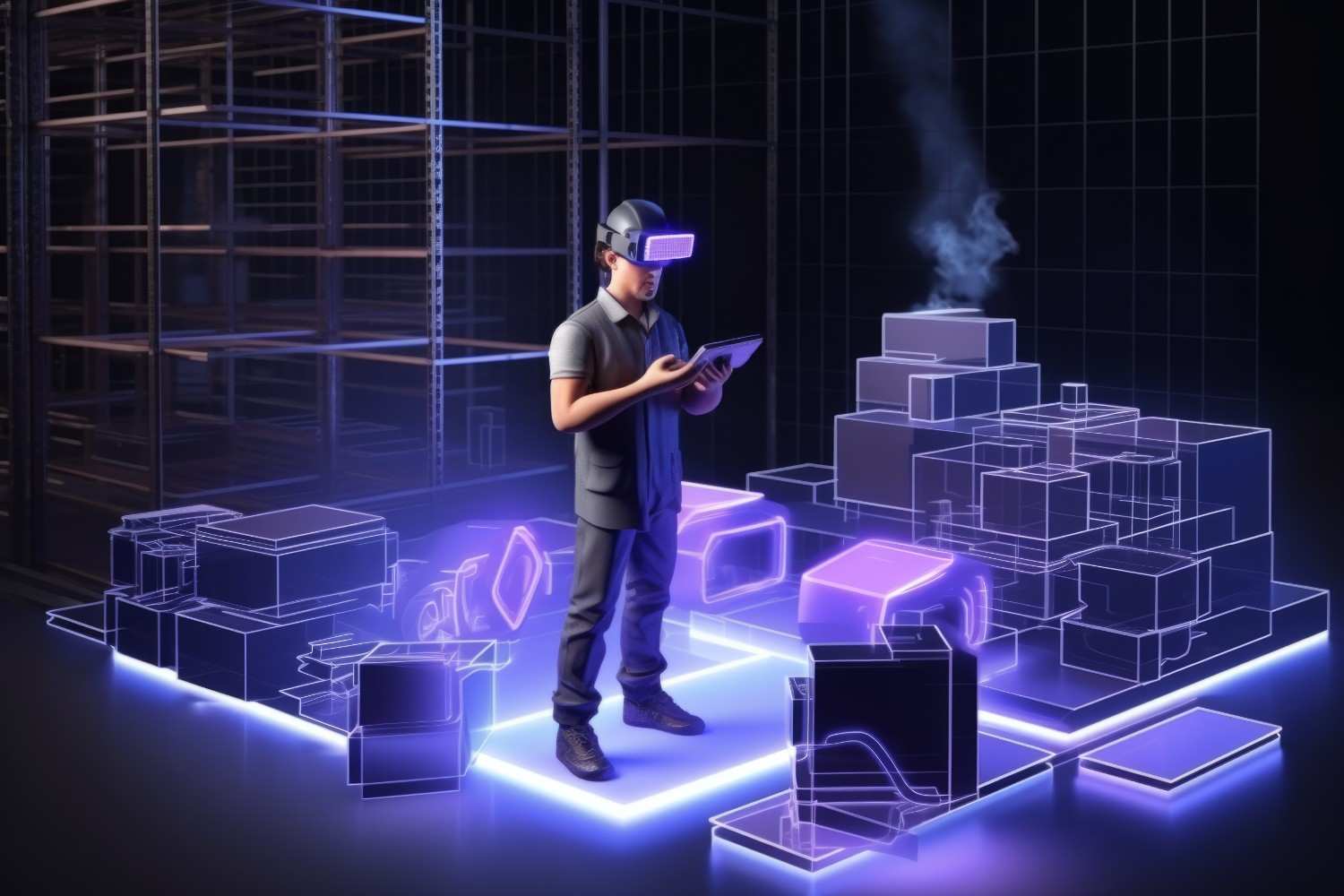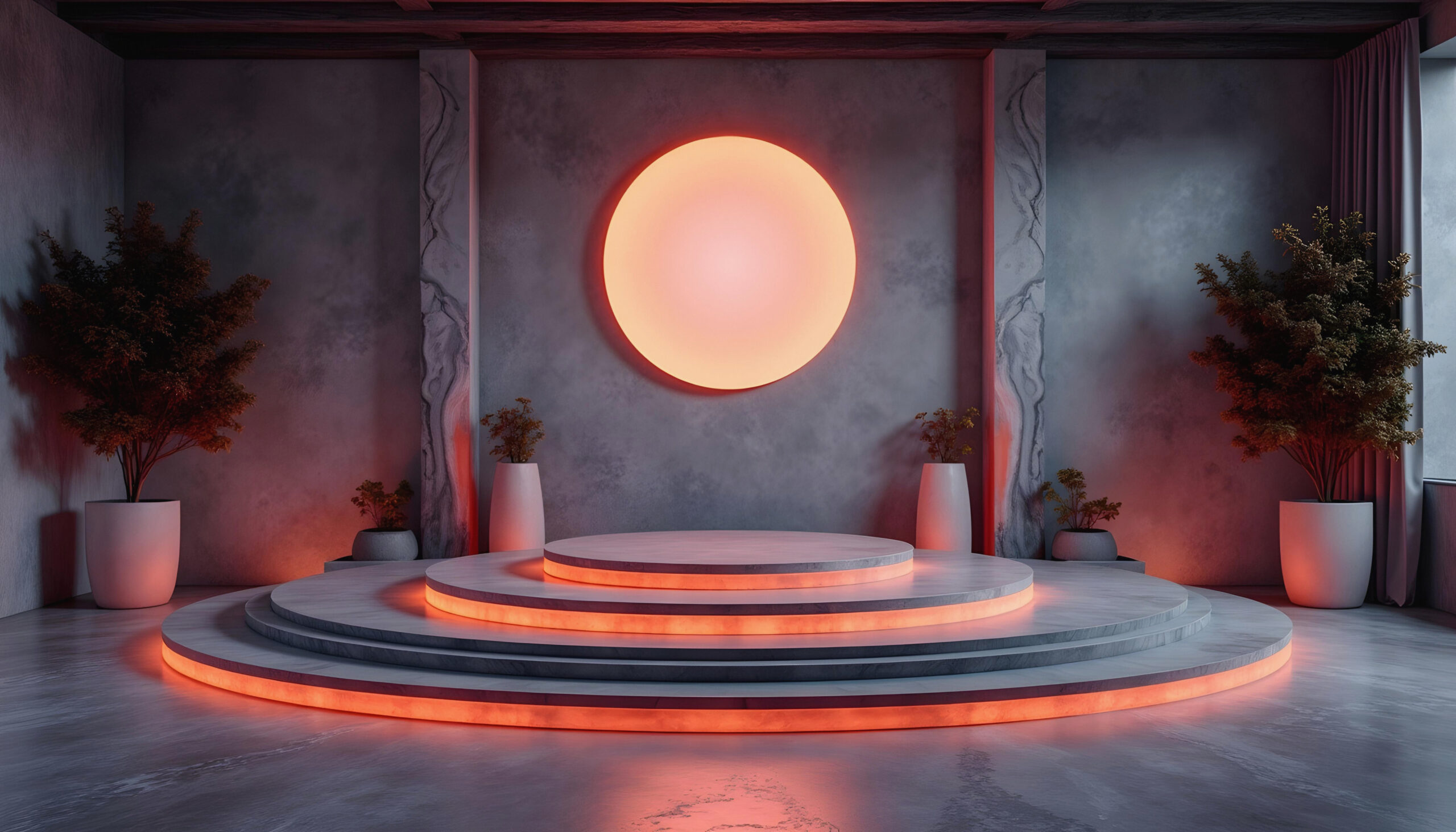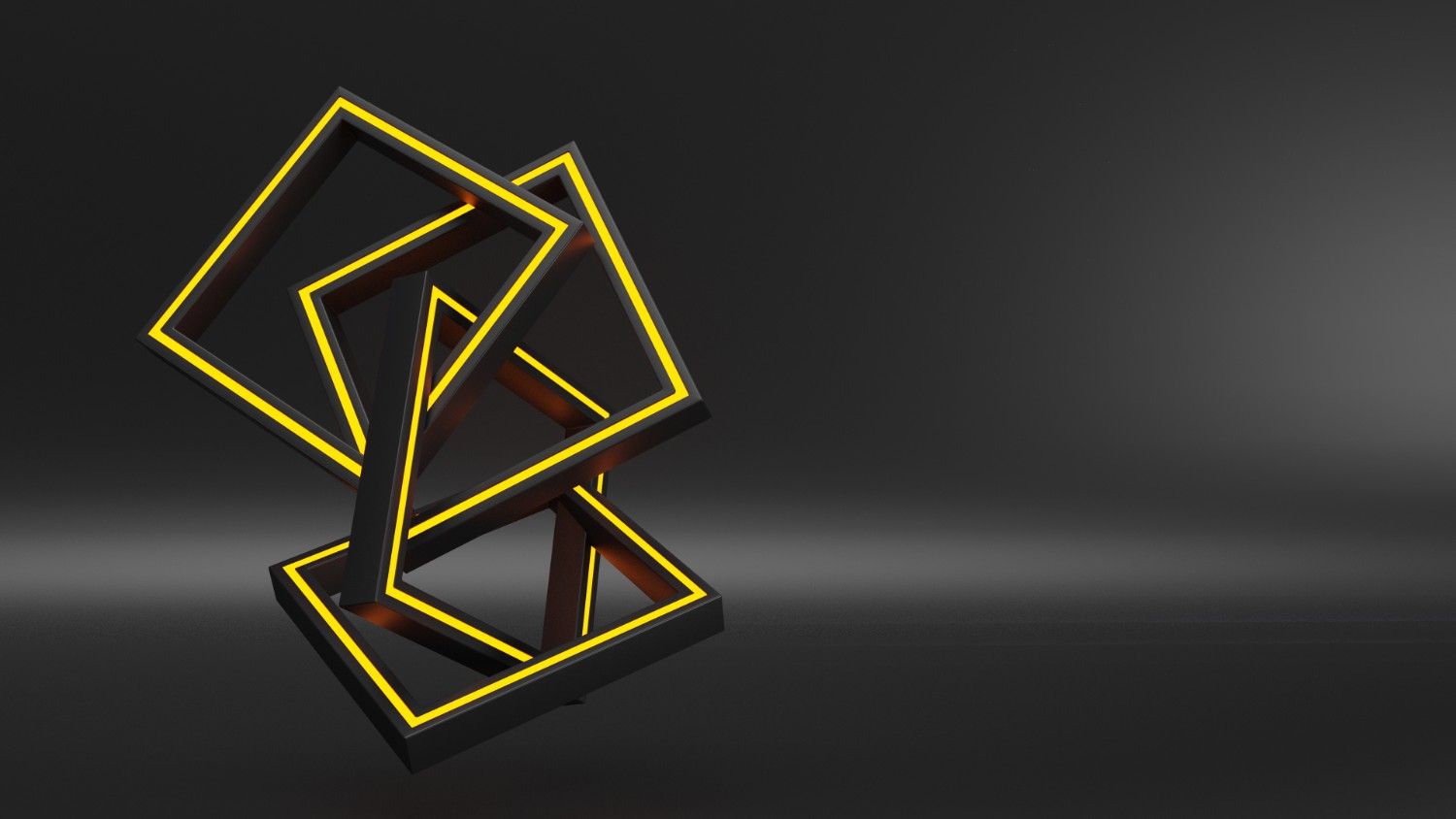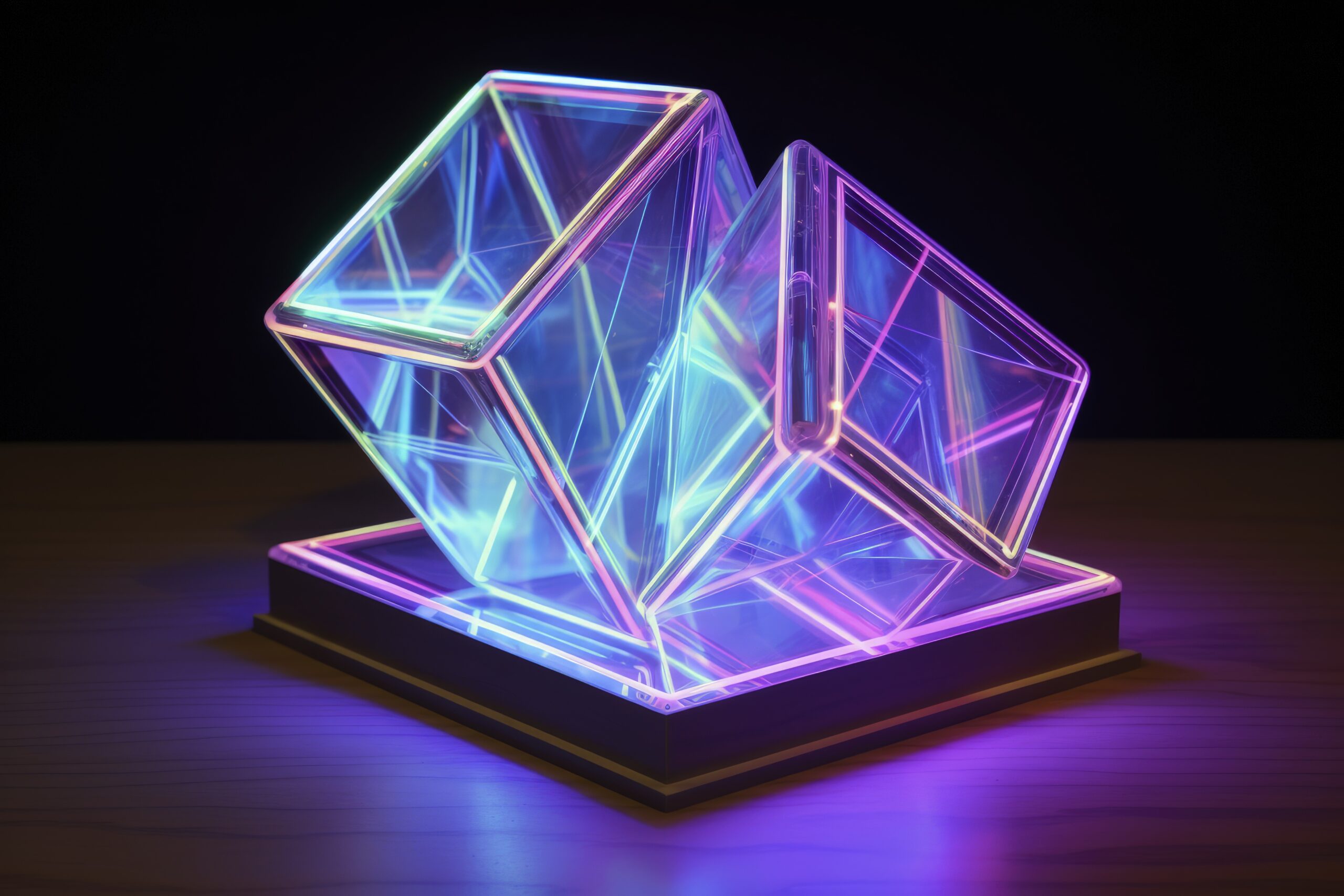The furniture industry, traditionally reliant on physical showrooms, expensive photography, and complex manufacturing processes, is undergoing a profound digital transformation. This revolution is not driven by new materials or assembly techniques, but by a powerful, versatile digital technology: 3D Modeling.

The shift from costly, cumbersome physical operations to lean, agile digital workflows powered by 3d modeling and design is no longer optional—it is the definitive competitive strategy for manufacturers, retailers, and designers alike. From conceptualizing a new chair design to allowing a customer to virtually place a sofa in their living room, 3D modeling has become the single most important asset in the entire furniture lifecycle.
The furniture industry, a realm traditionally rooted in craftsmanship and physical prototyping, is undergoing a profound transformation. This digital metamorphosis is spearheaded by 3D modeling and design, a technology that is radically changing everything from the initial concept sketch to the final retail experience. The shift to digital workflows is not just an upgrade; it’s a fundamental change in how furniture is designed, manufactured, marketed, and sold. Businesses that embrace this technology are finding unprecedented competitive advantages, driving innovation, and unlocking new levels of customer engagement.
This comprehensive guide will detail the multifaceted impact of 3D modeling on the furniture industry. We will explore how it slashes development costs through digital prototyping, accelerates marketing with photorealistic 3D Rendering, and fundamentally redefines the customer experience through Augmented Reality – Virtual Reality (AR/VR). By mastering services like Outsource 3D Furniture Modeling, companies are not just adapting to the future; they are designing it.
1. The Core of Innovation: 3D Modeling and Design in Furniture Development
The journey of a new furniture piece traditionally involved months of sketches, technical drawings, and costly physical prototypes. 3D Product Design has digitized this entire process, introducing precision, flexibility, and speed that were previously unimaginable.
Enhanced Precision and Design Iteration
At the foundation of this impact is the ability of 3D modeling software to create virtual, dimensionally accurate representations of furniture.
- Virtual Prototyping: Designers can rapidly build and modify models of sofas, chairs, and cabinets without wasting expensive materials. This drastically reduces prototyping costs and compresses the design cycle from months to mere weeks. Complex geometry, intricate joinery, and ergonomic considerations are tested and refined entirely in the digital space.
- Precision and Manufacturing Fidelity: A high-quality 3D Furniture Modeling file is more than just an image; it is a direct conduit to the manufacturing floor. These models integrate seamlessly with Computer Numerical Control (CNC) machinery, providing the precise data needed for automated cutting, milling, and assembly. This direct digital-to-physical workflow minimizes human error, optimizes material nesting algorithms for waste reduction, and ensures the finished product exactly matches the designer’s intent.
Scalable Customization
The modern consumer demands personalization. 3d modeling and design services make mass customization a reality. A single base 3D model can be configured virtually into thousands of variants—different dimensions, upholstery fabrics, leg styles, and finishes. This allows furniture brands to market a virtually infinite catalog without the logistical headache of storing and photographing a massive inventory of physical samples. This flexibility is a key driver for professionals focused on delivering bespoke, client-specific solutions.
2. Workflow Transformation: From Concept to Consumer
The utility of a 3D model only begins with its design. The subsequent workflow phases—Texturing and 3D Rendering—are what translate the raw model into a compelling sales and marketing asset.
The Art and Science of 3D Rendering and Texturing
Once a model is geometrically perfect, it must be dressed. This is where Texturing and 3D Rendering come into play, replacing traditional, expensive photography.
- Texturing for Realism: This phase involves applying highly detailed digital maps to the 3D model’s surfaces, simulating real-world materials like polished wood, woven linen, brushed metal, or fine leather. Accurate Texturing accounts for surface imperfections, normal mapping, and specularity (how light reflects off the material), which is critical for achieving a photorealistic appearance.
- 3D Rendering for Impact:3D Rendering is the process of generating a photorealistic image from the 3D model. Unlike a photograph, a render offers complete creative control over lighting, camera angle, and environment. Furniture brands can generate:
- White Backdrop Renders: Clean, standardized product shots for e-commerce listings.
- Lifestyle Renders: Stunning visuals of the furniture placed in aspirational, fully furnished rooms (virtual staging), saving tens of thousands on physical set construction and photography.
- Product Configurators: Interactive renders that update in real-time as a customer selects different fabrics, colors, or materials, providing instant visualization of their custom choice.
- White Backdrop Renders: Clean, standardized product shots for e-commerce listings.
This digital asset creation is not only more cost-effective than traditional photography but also infinitely more flexible, allowing for instant updates to catalogs and marketing materials across all channels.
3. The Strategic Advantage of Outsourcing: Efficiency and Expertise
Developing and maintaining an in-house team of skilled 3D modelers, render artists, and technical directors is a significant financial commitment, complete with hardware, software licenses, and competitive salaries. This is where strategic reliance on external partners and the power of Outsource 3D Modeling services becomes a game-changer for businesses seeking scalability and cost control.
Why Outsource 3D Furniture Modeling?

- Cost-Effectiveness: Outsource 3D Furniture Modeling eliminates the overhead costs associated with full-time employment, including salaries, benefits, office space, and specialized training. Businesses pay only for the services rendered, making it easy to scale production up during peak seasons and down during lulls.
- Access to Specialized Expertise: Reputable Outsource 3D Modeling services firms employ diverse specialists—experts in photorealistic 3D Rendering, complex polygonal modeling, AR/VR optimization, and CAD-to-3D conversion. This grants a furniture company access to top-tier technical proficiency without the need for constant in-house training or recruitment.
- Faster Turnaround and Scalability: Outsourcing partners operate with dedicated teams and streamlined project management, often providing a significantly faster turnaround time for large volumes of SKUs. Whether a company needs 10 or 1,000 models, the outsourcing partner can scale resources rapidly to meet the demand. This is essential for maintaining a competitive edge in a fast-moving market.
For any firm specializing in 3D Product Design or transitioning a large legacy catalog to the digital realm, embracing Outsource 3D Modeling services is a proven path to both efficiency and superior quality output.
4. A New Retail Frontier: Augmented Reality – Virtual Reality and the 3D Model
Perhaps the most disruptive impact of 3D Furniture Modeling has been in the realm of customer experience through immersive technology. The challenge of buying furniture online has always been the inability to verify scale, fit, and style in situ. Augmented Reality – Virtual Reality solves this problem.
Augmented Reality (AR) in the Shopping Journey

Augmented Reality – Virtual Reality experiences utilize the underlying 3D model to create a “try-before-you-buy” scenario.
- Virtual Product Placement: Using a smartphone or tablet, a customer can virtually place a true-to-scale, fully textured 3D model of a sofa or table into their own living room. This allows for instant visualization of how the item fits with their decor, what size is appropriate, and how the materials look under their specific home lighting.
- Increased Buyer Confidence and Reduced Returns: The key metric here is the substantial reduction in product returns. When a customer can confirm the product’s scale and appearance before purchase, the likelihood of disappointment upon delivery plummets. Studies show a significant decrease in return rates and a corresponding lift in conversion rates for products featuring AR visualization.
- WebAR vs. App-Based VR: Modern solutions often use WebAR, which allows customers to engage with the AR experience directly through a web browser without the friction of downloading a separate app.
Virtual Reality (VR) Showrooms
While AR integrates the virtual into the real world, VR provides a fully immersive, computer-generated environment. VR headsets can transport customers to a virtual showroom where they can walk around, manipulate objects, and see an entire collection in a perfectly curated setting. This is especially powerful for B2B sales or high-end bespoke designers who want to offer a sophisticated, global viewing experience without needing a physical presence everywhere.
5. Beyond Furniture: Synergy with 3D Architecture
The impact of 3D Furniture Modeling services extends into the adjacent field of 3D Architecture and interior design. The relationship between these two disciplines is mutually beneficial, creating a holistic digital design ecosystem.
- Interior Design Visualization: Architectural visualization firms and interior designers rely heavily on high-quality 3D furniture models to populate their scenes and create photorealistic 3D Rendering for clients. Using a library of accurately scaled and textured furniture ensures the final architectural render is both aesthetically pleasing and structurally accurate.
- BIM and Parametric Data: The furniture models integrate with Building Information Modeling (BIM) workflows. Architects can incorporate the 3D model data directly into the structural plans, ensuring that all fixtures, fittings, and furniture pieces are accounted for in terms of space, weight, and material properties—a major benefit for commercial and large-scale residential projects.
- Streamlined Collaboration: When architects, furniture manufacturers, and construction teams all work from the same standardized 3D model, communication is improved, and costly onsite mistakes are minimized.
Conclusion: The Future is Modeled in 3D
3d modeling and design is no longer a niche tool; it is the infrastructure upon which the modern furniture industry is being built. From the precision of 3D Product Design to the strategic benefits of Outsource 3D Furniture Modeling, and the immersive power of Augmented Reality – Virtual Reality retail experiences, the digital revolution is complete.
For any business in the furniture, retail, or 3D Architecture sector, embracing these services is the clear path forward. By leveraging photorealistic 3D Rendering and accurate Texturing, and by strategically partnering with Outsource 3D Modeling services, companies can drastically improve their development cycle, reduce operational costs, and deliver a superior, high-confidence purchasing experience to the end-consumer. The firms that prioritize the quality and strategic deployment of their 3D assets today will be the market leaders of tomorrow.
Frequently Asked Questions (FAQ)
1. What is 3D Furniture Modeling?
3D Furniture Modeling is the process of creating a three-dimensional digital representation of a furniture piece using specialized computer software. These models are used for everything from design prototyping and manufacturing blueprints to creating photorealistic marketing images (3D Rendering) and interactive customer experiences (AR/VR).
2. How does 3D Modeling save money in furniture production?
It saves money primarily by replacing costly physical prototypes with virtual ones, allowing designers to test and perfect a product digitally before committing to manufacturing. It also integrates with factory machinery (CNC), ensuring material optimization and reducing waste, thus lowering overall production costs.
3. What is the difference between 3D Rendering and 3D Modeling?
3D Modeling is the act of building the three-dimensional object (the digital geometry). 3D Rendering is the process of generating a high-quality, photorealistic image or video from that 3D model, adding realistic lighting, shadows, and materials (Texturing) to make it look like a photograph.
4. What is the role of Augmented Reality (AR) and Virtual Reality (VR) in furniture sales?
AR/VR provides an immersive customer experience. Augmented Reality allows a shopper to use a phone to place a 3D model of furniture into their own room to check its fit and style. Virtual Reality lets them explore a completely simulated environment, like a virtual showroom, to interact with and customize products.
5. Why do companies Outsource 3D Furniture Modeling services?
Companies Outsource 3D Furniture Modeling to gain access to specialized expertise, achieve high-quality results, and manage costs more effectively. Outsourcing provides scalability to handle large projects without the overhead of maintaining a full-time, in-house team and expensive software licenses.
6. Is 3D Architecture relevant to the furniture industry?
Yes, 3D Architecture is highly relevant. It provides the necessary context. Furniture models are placed inside 3D architectural models of rooms or buildings to visualize interior design, test layouts, and confirm aesthetic compatibility, which is essential for B2B sales to interior designers and real estate developers.




